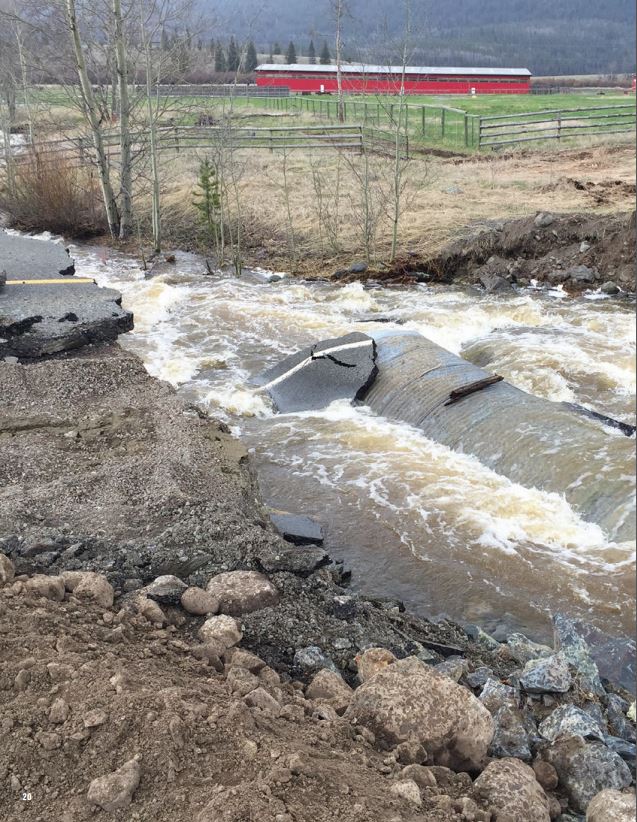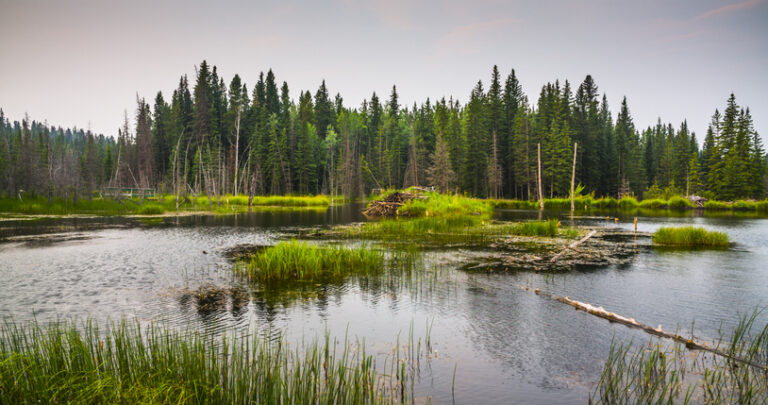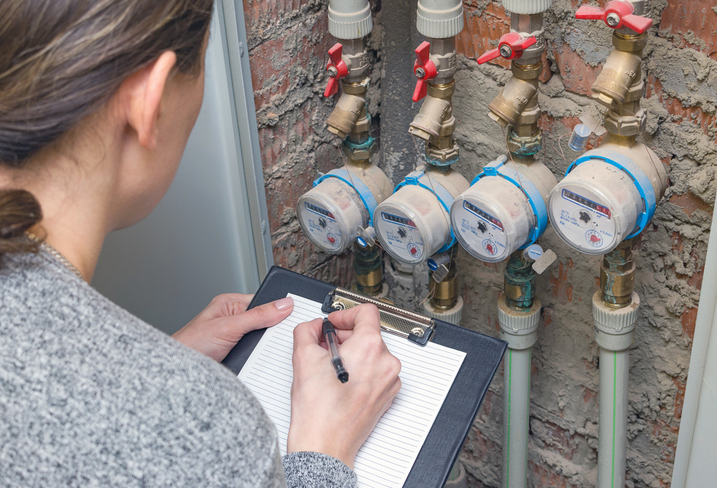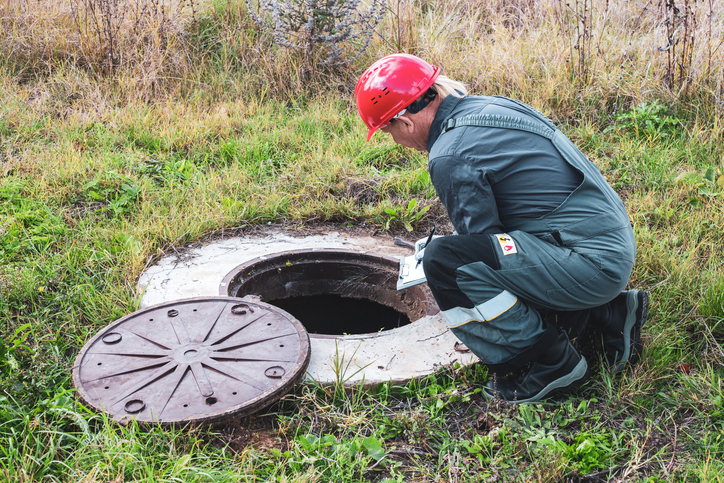British Columbia will act to mitigate flooding and wildfires in 2018 based on recommendations from a report on the 2017 spring floods and wildfires.
As the province responds to ongoing flooding, and in advance of the 2018 wildfire season, the government will take up recommendations from the report, Addressing the New Normal: 21st Century Disaster Management in British Columbia, said Doug Donaldson, Minister of Forests, Lands, Natural Resource Operations and Rural Development.
“I want to thank George Abbott and Maureen Chapman for their comprehensive report on the 2017 floods and wildfires. Their 108 recommendations will take some time to fully consider. There are some recommendations that are being acted on already,” said Donaldson. “For example, as part of Budget 2018, we’re committing $50 million over three years to wildfire prevention and wildfire risk reduction around communities.”
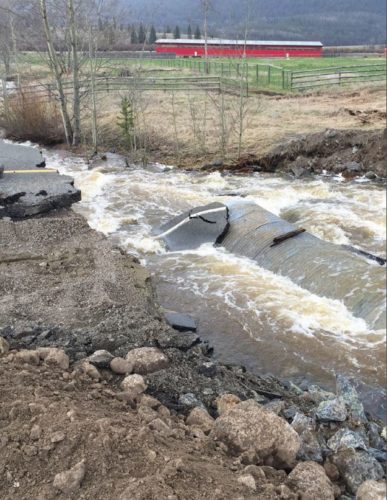
The report’s recommendations fall under four categories:
- Partnerships and participation
- Knowledge and tools
- Communication and awareness
- Investment
The report was critical of the decrease in government spending on scientific to understand environmental phenomena. “Since the Filmon report of 2004, government-funded scientific research around climate change, wildfire and flood has declined dramatically as response costs have escalated,” wrote the authors. “We heard, consistent with the recent findings of the BC Auditor General (2018), that response efforts could be greatly enhanced by contemporary technological tools such as LiDAR to better protect British Columbia from the impact of wildfires, flood, and debris flow.”
One of the major themes of the report was to develop closer relationships with First Nations. Work is already underway with the recent signing of a collaborative emergency management agreement between Canada, British Columbia, and the Tsilhqot’in National Government. As well, the BC Wildfire Service is hiring more staff to support partnerships with Indigenous communities and stakeholders.
Also of note are reflections on flood management from Shaun Reimer a section head in the Public Safety & Protection section of BC Ministry of Forests, Lands, Natural Resource Operations and Rural Development. Reimer works at “maintaining the series of dams, dikes and the channelized river that flows from Okanagan Lake. It includes operating dams in Vernon and on Okanagan, Skaha and Vaseux lakes.”
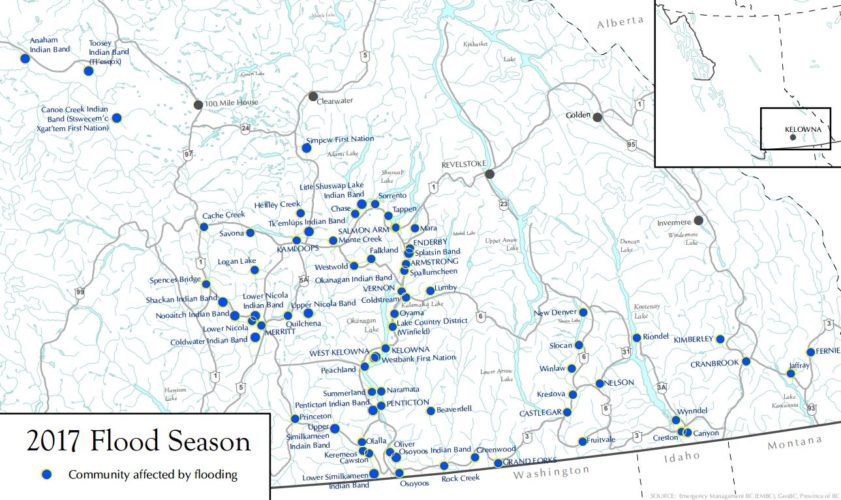
After 2017 flooding in the Okanagan Valley, Reimer found that existing best practices for assessing water levels were inadequate in anticipating conditions throughout the year. “One of the big puzzles last year was the rain and how fast the inflow came into Okanagan Lake. It overwhelmed our ability to get water out,” said Reimer. To combat that inflow, water should have been released earlier in the year said Reimer, but “no water manager would ever have increased flows to those levels when all key indicators at that time were suggesting drought.”
As a result of internal reviews undertaken by both the BC Wildfire Service and Emergency Management BC, 19 of the 108 recommendations in the report are being implemented immediately. Of the remaining recommendations, the province noted that they are of a long-term nature and may require legislative changes or involving other government partnerships. As such, the government has stated that it will develop an action plan to address the report’s recommendations by October 31st of this year.

